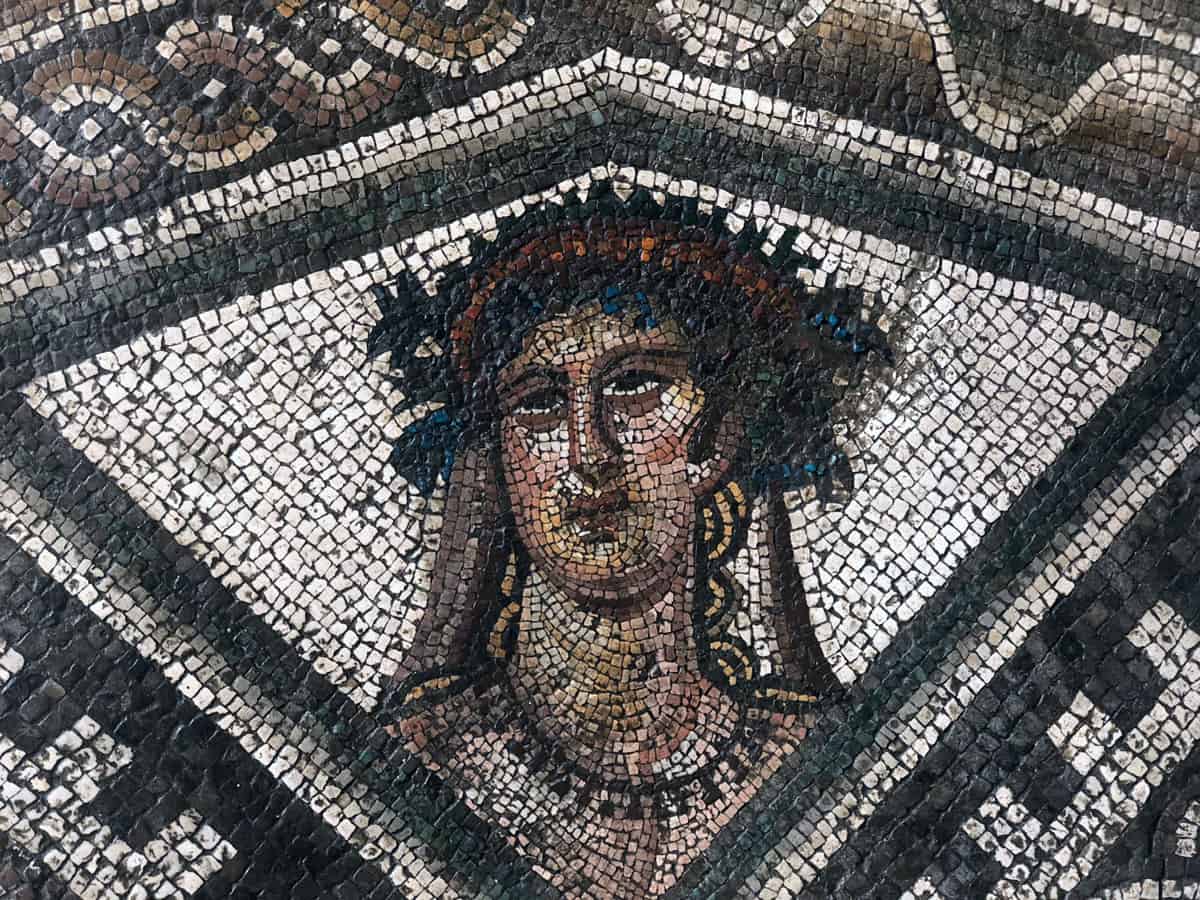
In the southwestern part of Stolac, in the area known as Podgrad, excavations revealed remains of a Roman urban settlement which contained spas with buildings decorated by frescoes and mosaics. It seems that this was the location of the city of Diluntum, the centre of the Daorsi after the destruction of the Hellenistic town in Ošanići.
Excavations carried out at the end of the 19th century confirmed that in terms of size, structure and significance the settlement was surpassed only by Narona near the modern-day town of Metković in Croatia. It is believed that this settlement on the river Bregava was a municipium, whose eastern border was approximately the same as the early medieval region of Popovo towards Tribunia. Diluntum gained the status of municipium either at the time of the Flavians or from the Emperor Hadrian (2nd century CE).
Seven very well-preserved mosaics from this period were found. Among the mosaics, there is an outstanding depiction of a Minotaur. Among the more sumptuous mosaics from Stolac there is an example with the central motif of a hexagon, as well as representations of a tiger, leopard, boar and ibex. The Stolac mosaics are exhibited at the National museum of Bosnia and Herzegovina in Sarajevo.